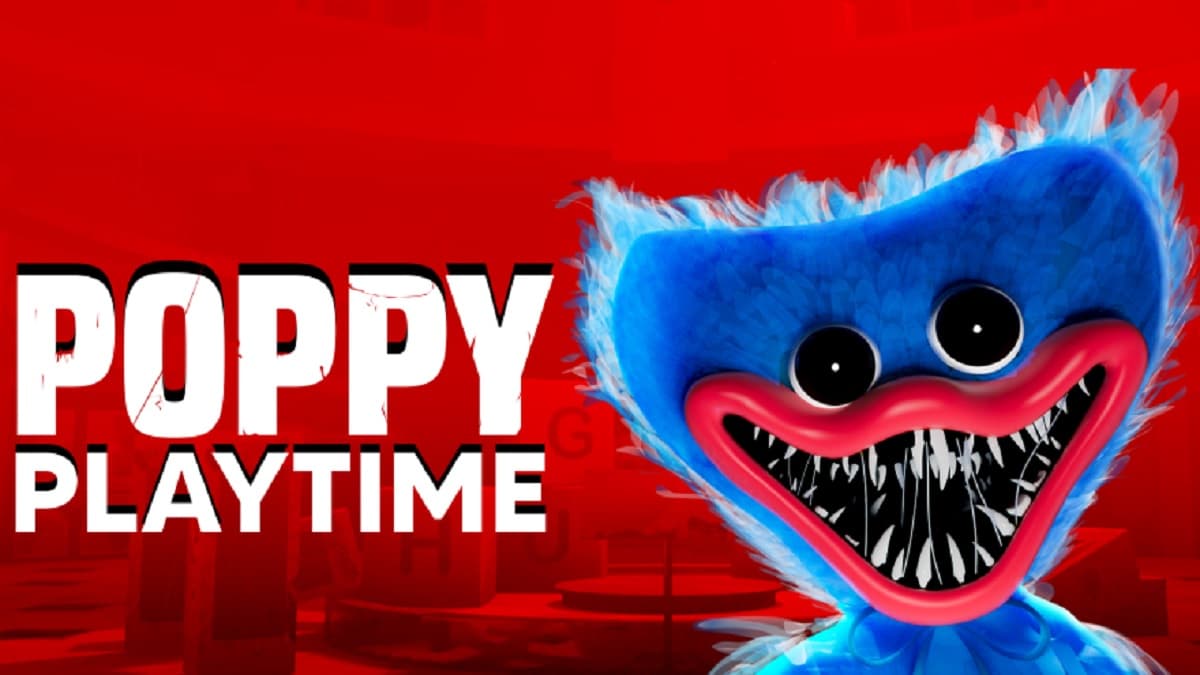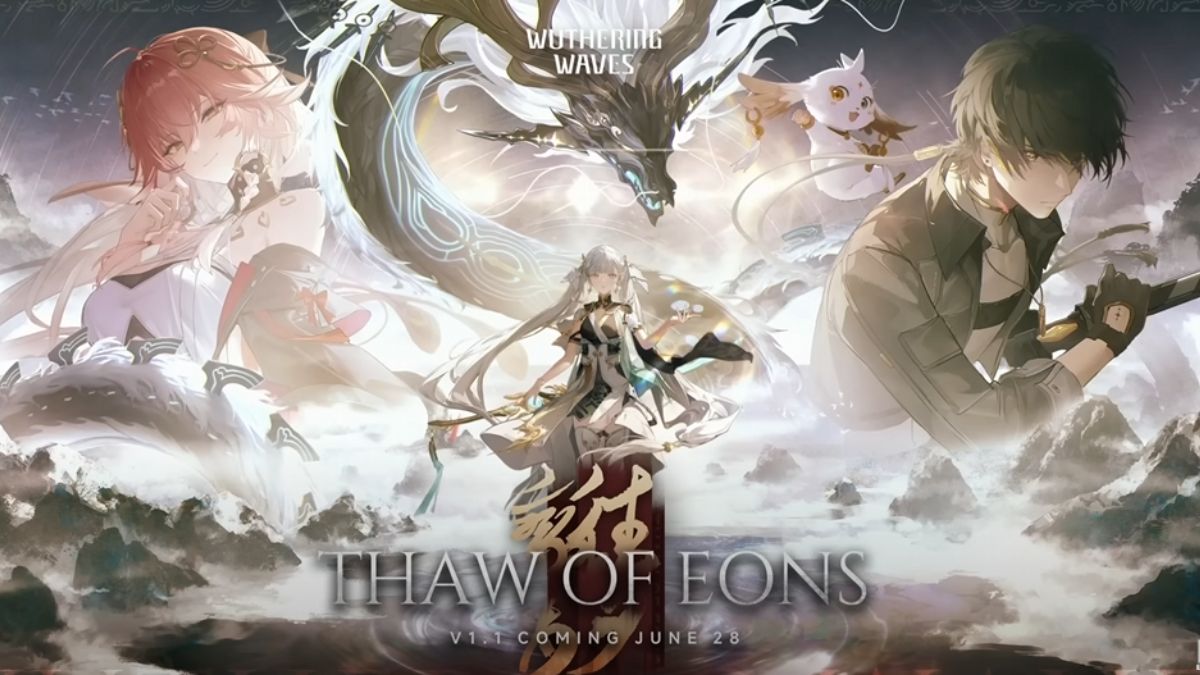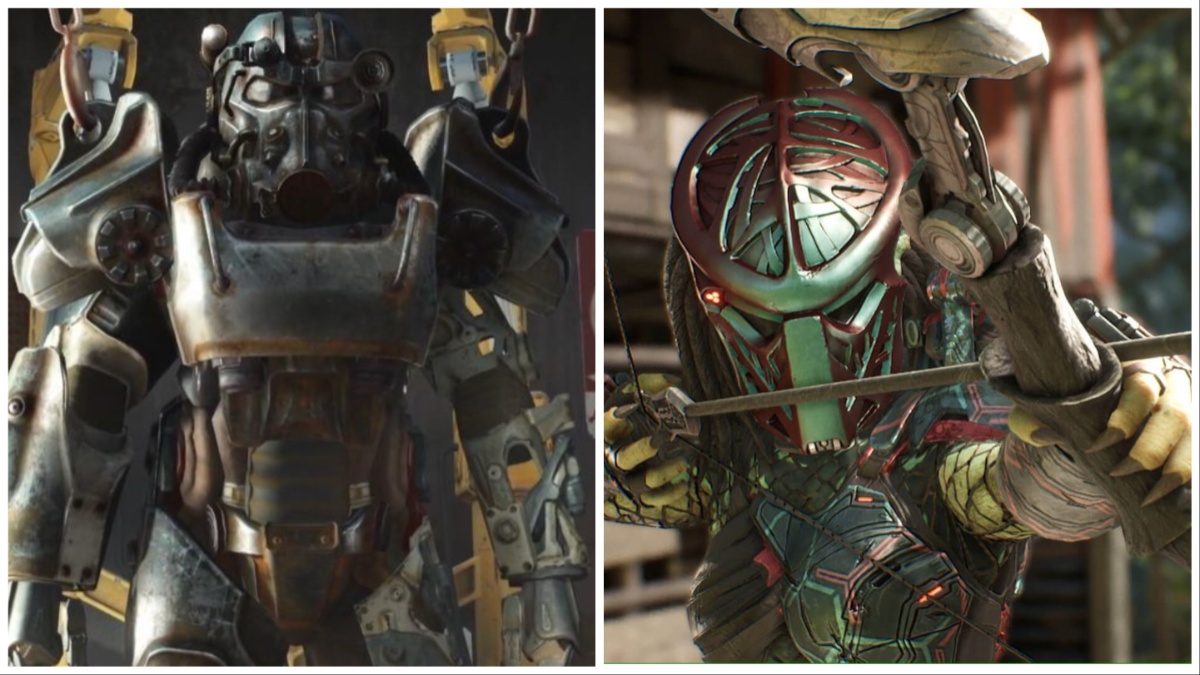Teacher Matt Parry is on a quest to get kids into music, and he’s using classic stories and new technology to do it. He sat down to talk to us about his Kickstarter project, why games are so good for learning, and why gamers should care about classical music education.
His project, Sheherazade, is running on Kickstarter now, gathering funding to create a fully illustrated graphic novel and CD combo that takes it’s audience on a magical journey of story and sound through the classic tale of the Princess Sheherazade, all the while sparking an interest, appreciation, and understanding of the classical music that’s so cleverly interwoven with the tale.
Why is classical music for kids so important?
Matt Parry: “I’ve seen the the sense of achievement, improved self-confidence, emotional development and fun that kids have when they participate in music. With this project (and classical music in particular) I’ve seen children’s lives enriched by discovering this sound world, and the uniquely powerful emotional and social experience of participating in an orchestra or listening to one.
Playing in orchestra is one of the most extraordinary collaborative and emotional phenomenons that exists, but I’m concerned that there’s not much in the way of introducing kids to classical music that really grabs them through a combination of high quality story-writing, illustrations and humour. Disney’s Fantasia springs to mind as having had this effect on millions of children worldwide, but that was released in 1940. I think it’s time for a something new.”
What other ways do you want to present classical kids stories?
Matt Parry: “The great thing about music is it lends itself to so many different platforms – CDs, digital graphic novels with music, apps and website, and then there’s live shows, and workshops – each has particular strengths (cd in car, etc) plus physical comic book no music still keeps them in this imaginative world (and late at night when they should be asleep). The interactive app is really interesting – have a look at crazy website guitarshredshow – I think we can do something similar with orchestral instruments.
Eventually I want to develop quite complicated & involved musical tasks and games. It’s amazing how kids learn hugely dextrous tasks and info processing when they’re gaming. I think something similar can be set up to develop musical skills (e.g. rhythm and note-reading) that kids can practice in a digital world before applying to their instrumental learning in the real world (e.g. angry birds – tapping rhythms). This is something I eventually want to develop, monitor and research.”
Why was Scheherazade selected for your first chapter?
Matt Parry: “It’s such a rich, story telling piece of music – in classical music there’s always been a debate about whether RK intended it to be an abstract symphonic work (i.e. no story), or a tone poem (has a story). For me it’s definitely a story – I think it demonstrates a favourite adage of mine: good music tells a story.
“So it doesn’t matter if it’s an abstract work, it still takes your ear on a fantastic musical journey. And this made me realise that most or all symphonic works could therefore be treated in this way (expand on creative concept): symphonies by Beethoven, Mahler, Sibelius, Tchaikovsky, Shostakovitch – they’re all ripe for this treatment – Sheherazade led me to this.
“Plus it’s got a little trombone solo in the 2nd movement that I like… my perf at RAM.”
What were some of the obstacles you ran into trying to work with bigger companies like EMI and Sony?
Matt Parry: “Getting their attention in the first place can be hard but I think you accept that before you even start trying.
“Then the only obstacle I encountered was simply that when a restructuring / takeover happens (or is expected to happen) budgets for projects in development get frozen. Then – as is is the same in any company going through this – people then leave the company. A couple of key people championing my project in EMI left, and my experience was that was due to their frustration at not being able to fulfill the creative development of projects like mine. They’re talented, in demand people and better offers quickly come up elsewhere for them to fulfill their careers, so I can only say I was delighted that they did their best to get it going.”






Published: Mar 19, 2013 08:14 am